TL;DR
- Implementing HR best practices is essential for creating a safe, supportive, and productive workplace.
- Key practices include fostering transparency, incentivising performance, implementing 360-degree feedback, and promoting diversity, equity, and inclusion (DEI).
- HR practices differ from daily HR activities by focusing on long-term strategic alignment with company goals.
- HR tasks encompass employee relations, hiring, job satisfaction, benefits, remuneration, training, and organisational culture development.
Imagine on a great Monday morning, you are excited to start your new week. But as you open your email, there it is—a legal notice. You’re confused and panicked. Everyone’s pointing fingers, and suddenly, you and your organisation are in serious trouble.
But wait, this is just the future scenario. It doesn’t have to be your reality. If you want to avoid this nightmare, then these are the crucial things you need to do.
What are those? That’s an HR best practice.
Yes, these practices might look simple to you, but they can make or break your career.
By following these practices, you can improve employee engagement and satisfaction, enhance productivity, better talent attraction and retention, Foster positive workplace culture, and legal compliance and reduce Risk.
But where you get to learn about these practices? HERE. In this blog you’ll get the list of 7 best HR practices list. Which can enhance your and company career.
But you can't just pick and choose one or two best practices and call it a day. You've got to go all in, be consistent, and really make them a part of your company's DNA.
Are you ready to find out how you can transform your HR approach and stay ahead of the curve?
Buckle up—because these insights aren’t just a glimpse into the future; they’re a mirror reflecting what your future could be.
Let's make 2025 the year you transform your company into a powerhouse of productivity, innovation, and happiness.
What are HR Best Practices?
HR best practices you can consider as a recipe for a happy and successful workplace. It is used to manage employees effectively and fairly. These practices cover everything from Hiring the right candidate to training them to have clear communication between teams.
Fair and consistent treatment is also key. Everyone feels valued and respected. Also, provides opportunities for growth and development. Additionally, having strong HR policies ensures that everyone knows the rules and expectations, which helps prevent conflicts.
Lastly, to foster a positive culture, every employee enjoys coming to work. By following HR best practices, companies can improve employee satisfaction, reduce turnover, and ultimately boost their bottom line.
Difference Between HR Practices and HR Activities
.webp.dat)
7 HR Best Practices to Adapt in 2025
First of all, although they are both essential for a company to reach its full potential, we must differentiate HR practices and activities. Human resource practices present strategic operations, which are the groundwork for employee management, but they align with the organisation's business plan.
Human resource activities are carried out on a daily level to apply strategies that HR practices regulate. For example, those activities are payroll, benefits, and overtime.
However, these are the human resource best practices for 2025 that can help a company achieve its potential amidst the pandemic.
1. Fostering a Safe and Supportive Workplace Environment
You need to create a workplace where everyone feels safe and supported, which is really important. It means you should make sure that everyone is treated fairly, with respect, and without any kind of discrimination. This includes things like preventing bullying, harassment, and violence. It also means providing resources and support to help employees deal with stress or personal challenges.
2. Embracing an Open-Book Management Approach
Just like everyone else, employees hate uncertainties and doubts, which is why you should have open management and a transparent business. Keep your employees updated and in the loop with the company's ongoing activities as that will increase their loyalty and productivity.
3. Incentivising with Performance-Based Rewards
Keep rewarding your employees for their hard work, and good performance is great. It will keep them motivated and engaged. In performance-based rewards you can give anything from bonuses and raises to extra time off or recognition awards. Whenever you give them, make sure that the rewards are fair, transparent, and linked to specific goals or achievements. This helps them to understand what's expected of them and how they can earn rewards.
4. Ensuring Transparency in Evaluation Processes
A company should ensure that their evaluation system is tailored to its corporate goals and that all performance reports are transparent and available to employees. It's recommendable to track their work throughout the year and base evaluation on achievements.
5. Implementing 360-Degree Feedback
All organisation's personnel should receive genuine insights into their performance and what they can do better. A system that allows all-encompassing feedback from all team members, including seniors. Ensure that everyone receives constructive criticism and advice.
6. Recognising and Celebrating Top Performers
Recognising and celebrating your top performers is a great way to show your appreciation and motivate your team. It could be something simple like a public thank you, or a small gift, or something bigger like a bonus or promotion. This helps them feel valued. Encourages them to keep up the good work. Plus, it can inspire others to strive for excellence as well.
7. Advancing Diversity, Equity, and Inclusion (DEI)
Advancing DEI means making sure that everyone feels welcome, respected and valued, no matter who they are. It's about creating a workplace where people from all different backgrounds have equal opportunities. This includes things like hiring a diverse group of people, making sure everyone has the same resources, and creating a culture where everyone feels comfortable being themselves. Implementing DEI practices involves actively seeking diverse perspectives, providing fair treatment to all employees, and creating policies that support them.
Human Resources Tasks and Responsibilities
If we dive deeper into what it is that they do, we will see that their efforts and actions touch every department and employee within the company on some level. However, these are the principal responsibilities HR takes.
1. Employee Relations Management
HR has the responsibility to handle and nurture worker-to-worker and worker-to-organisation relations. Therefore, they aim to ensure proper treatment and positive interactions between members of a company, which will make everyone like coming to work and helping the business improve and grow.
2. Hire Structure Development
HR departments have to manage the complete staffing plan, which means conducting the gap analysis to detect which skills they need to target in talent acquisition. They also have the responsibility of identifying talents that don't meet the company's standards and having to fire them.
3. Employee Job Satisfaction
HR's work doesn't end with finding the best talents. They also need to ensure their job satisfaction and entice their desire to come to work every day, be productive, and add value to the company. Therefore, employees need to know that they can grow and change departments, and HR should ensure that they are aware of that. In case there are unsatisfied workers, Human resources will work with them on that issue and try to solve the problem.
4. Employee Benefits Management
Being generous and providing good worker's benefits is one of the best retention strategies. That is another field of management for HR as they administer the amount and form of worker's perks an organisation provides.
5. Remuneration Management
HR is responsible for payroll and compensation, which includes workers' compensation, salary schedules, and tax-related paperwork and bureaucracy. Thus, they need to handle promotions and employee bonuses.
6. New Employee Training
Onboarding usually consists of training necessary for a new hire to feel integrated and ready for their new job position. Hiring managers handle all training-related activities.
7. Organisational Culture Development
One of the essential tasks for the company's performance and unity is the creation and maintenance of a company's culture codes; that is also HR's responsibility. They will help the company determine its mission statement, philosophy, goals, ethical standards, and expectations.
Final Thought about Human Resource Best Practices
Now, as you learn all these practices. One thing that can guarantee you is brightness in your and company’s future.
Incorporating these six HR best practices in 2025 isn't just about keeping up with trends—it's about creating a workplace where employees feel valued, supported, and motivated.
For this, iSmartRecruit’s Recruitment tools can significantly enhance these practices by automating recruitment processes and ensuring you attract and retain top talent efficiently.
These best practices are more than just strategies; they are essential components of a thriving workplace in 2025.
By putting them into action, you'll be well on your way to creating a dynamic and future-ready organisation.
FAQs - Frequently Asked Questions
What are HR best practices and why are they important?
HR best practices are proven strategies that help create a productive and fair workplace. They improve employee satisfaction, increase engagement, and ensure legal compliance, helping organisations succeed and grow sustainably.
How can iSmartRecruit assist with HR best practices?
iSmartRecruit offers tools that automate recruitment and talent management, making it easier to attract, retain, and engage employees. This supports consistent application of HR best practices throughout your organisation.
What is the difference between HR practices and HR activities?
HR practices are strategic methods aligned with business goals, like fostering transparency, while HR activities are daily tasks such as payroll. Together, they help manage and support employees effectively.
How can companies foster a positive workplace culture?
Creating a culture of respect, inclusivity, and recognition helps employees feel valued and motivated. Implementing diversity, equity, and inclusion strategies, alongside open communication, is key to a thriving workplace.

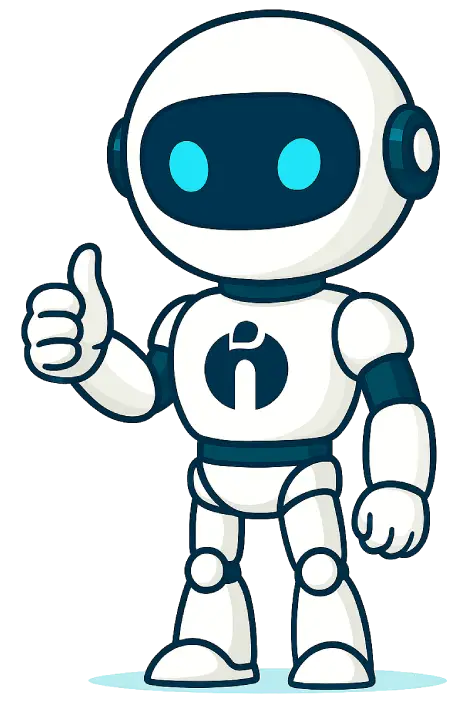



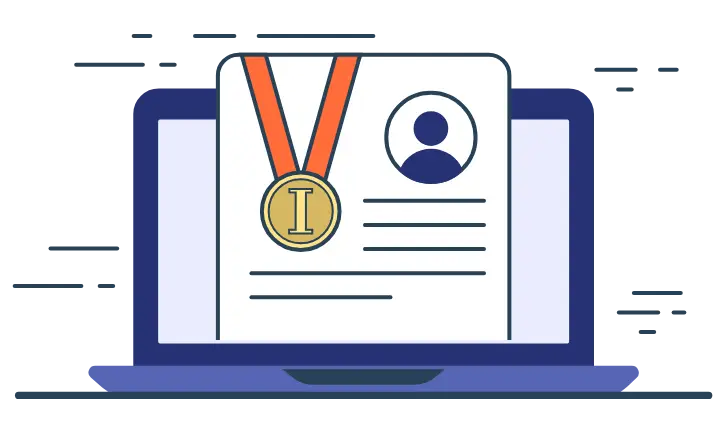

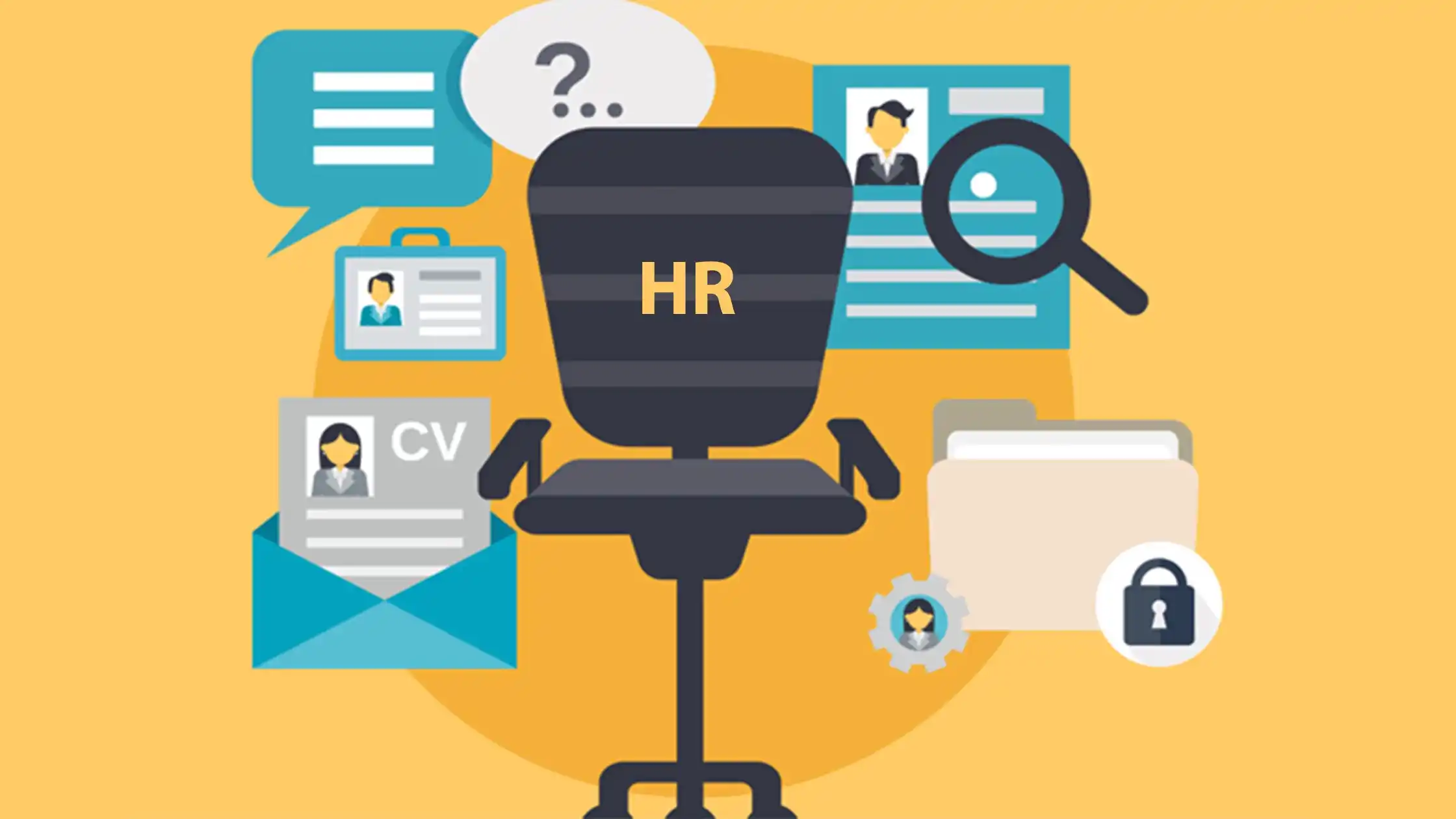

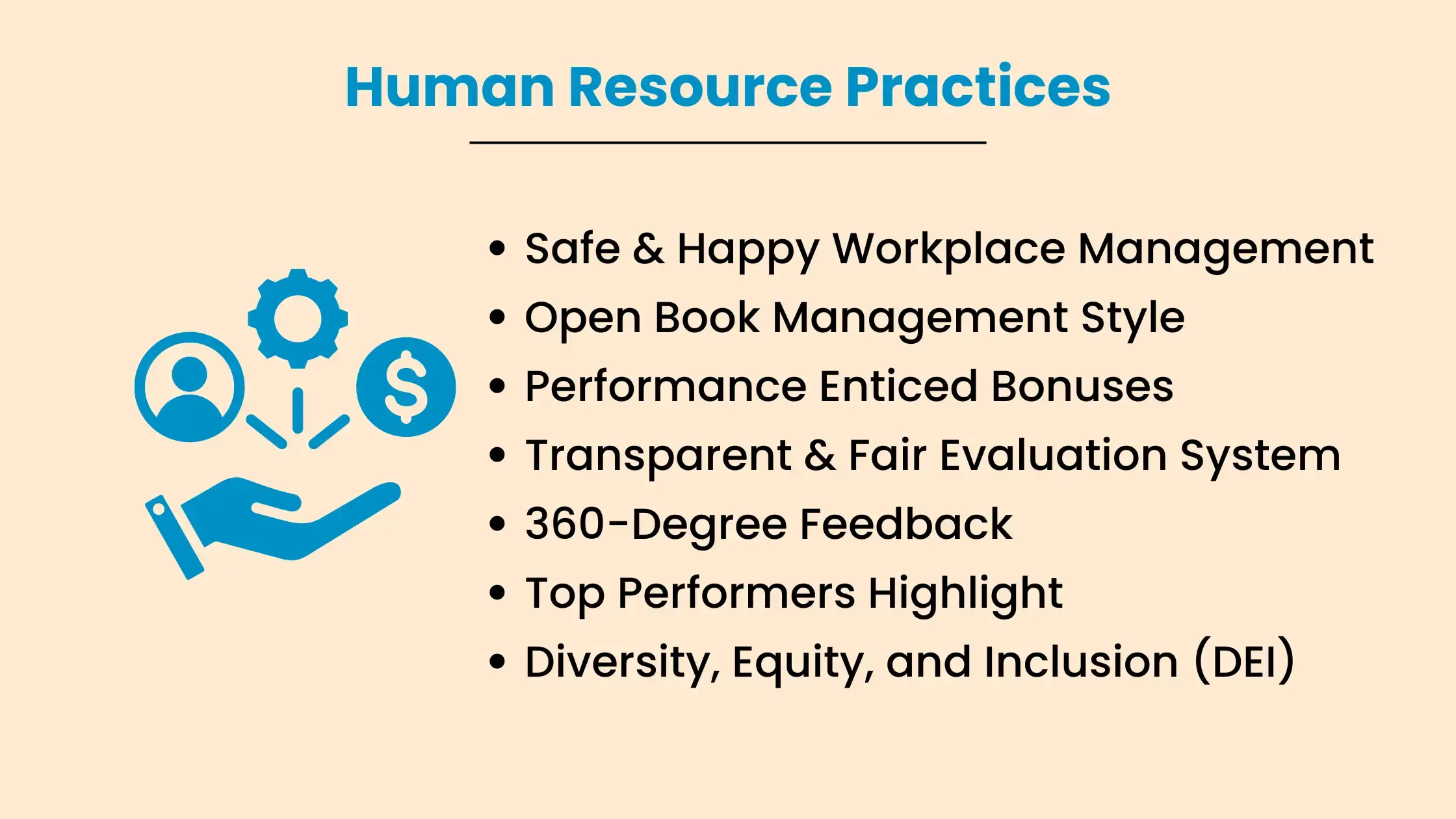

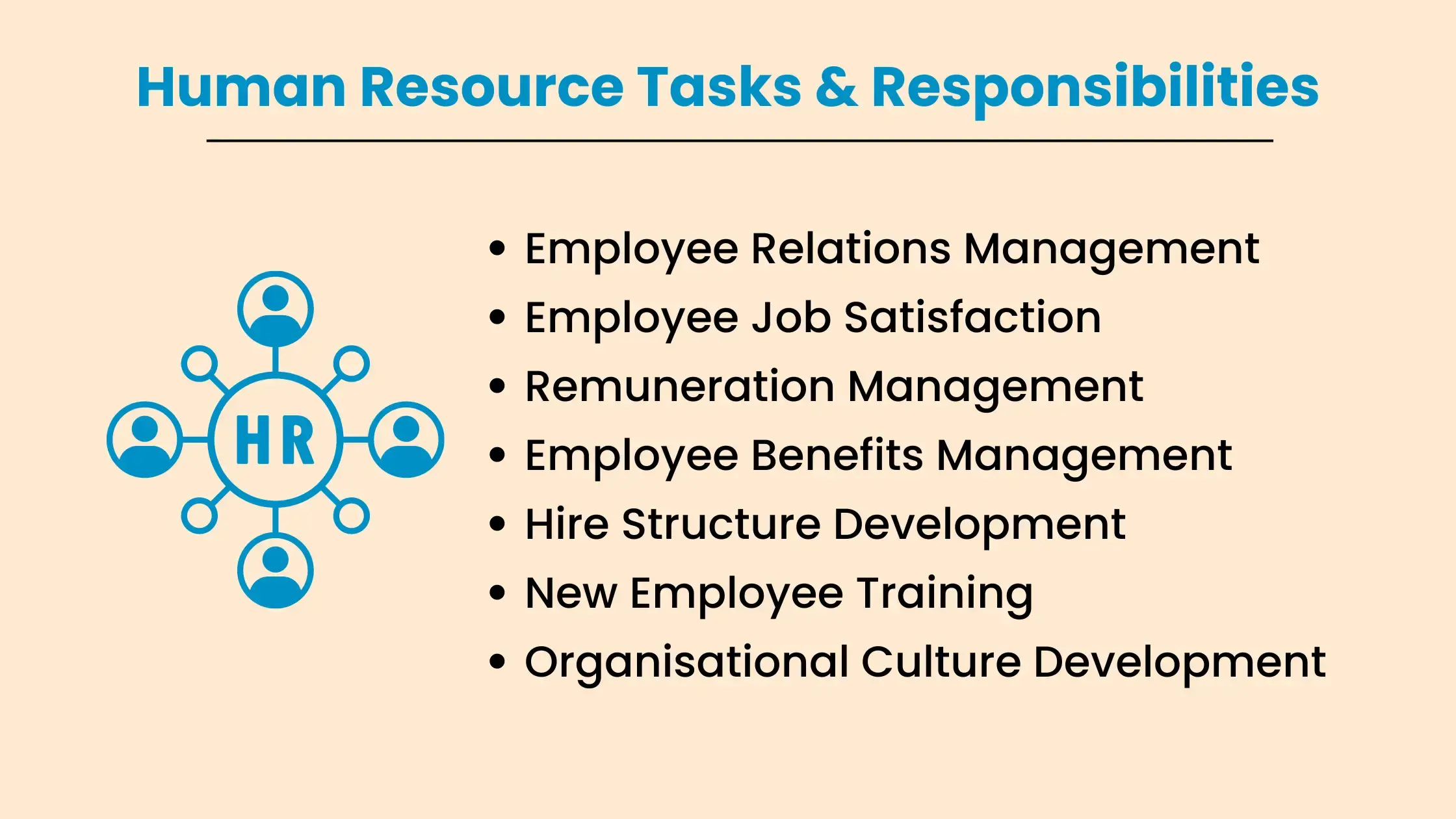





.webp)


